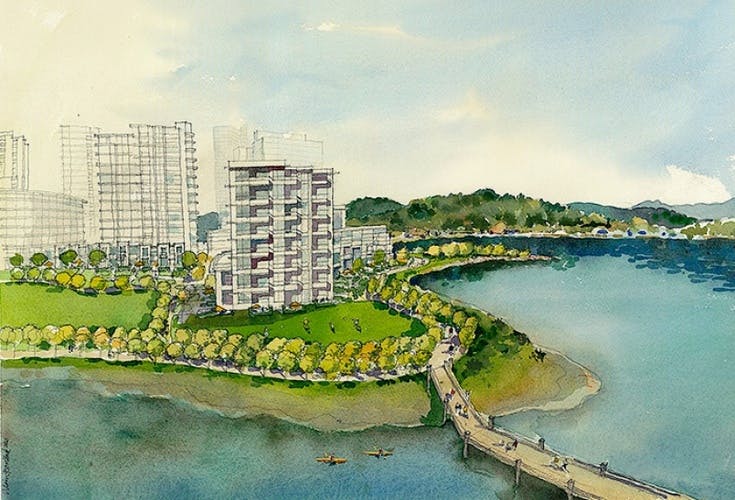
Newsletter

DOWNPAYMENT RULES
Future home buyers don’t forget these down payment rules:
The amount of your down payment will determine whether you’ll have a conventional mortgage or a high-ratio mortgage, which must be insured.
What’s the difference?
- Conventional mortgage: means your down payment is 20% of the purchase price or more.
- High-ratio mortgage: means your down payment is less than 20% of the purchase price.
- Effective February 15, 2016, the minimum down payment for new mortgages have been modified. The new breakdown is as follows:
- For homes with a purchase price less than or equal to $500,000 the minimum down payment is 5%
- For homes with a purchase price greater than $500,000 and less than $1 million, the minimum down payment is 5% of the first $500,000 plus 10% of the remaining balance
- For homes with a purchase price of $1 million or more, the minimum down payment is 20%
- High ratio mortgages must be insured by a mortgage insurer such as the Canada Mortgage and Housing Corporation (CMHC), Genworth Financial Canada or Canada Guaranty. You will be required to pay the premium for this insurance.
The insurance premium:
Will depend on the amount you are borrowing and the percentage of your down payment. Usually, mortgage default insurance premiums range between 0.5% and 2.75% of the mortgage amount
Can be paid at the time of purchase, or added to the principal amount of your mortgage.

Proposed Port Moody oceanfront community could bring thousands of new residents to the area
Plans for a new waterfront community in Port Moody could bring 7,000 people and more than 1,000 jobs to a scallop of land that for more than a century has been home to the Flavelle sawmill.
Gone will be the piles of cedar logs, the clatter of machinery and the sawdust mountains; in their place, a bustling neighbourhood of residents, workers, shoppers and park visitors is envisioned for sometime around 2040.
The Flavelle Oceanfront Development proposal features a mix of residential and office towers, shops and light industry. Of the nearly 3,400 residential units, 96% are expected to be in 11 towers ranging from 16 to 38 storeys, plus one eight-storey mid-rise building. The remainder would come with 75 live-work units and 62 units in a low-rise rental building.
Continue reading →
Don’t Rely Solely on Provincial Property Assessments
Provincial Property Assessment notices have arrived in the mail, giving some homeowners a big smile and a bit more spring in their step (increased property taxes aside), while others wilt and lament at a modest gain or decrease in assessed value.
Hold on a sec, neither this assessment document nor either parties’ emotions, are tied to a current true market value. In fact provincial property assessments can be significantly too high or too low. Values are determined in July of the previous year, and properties are rarely visited in person by provincial appraisers.
For this reason provincial property assessments should never be solely relied upon as any sort of relevant indicator of true market value for the purposes of purchase, sale, or financing.

Tax Fighters Guide
Have you gotten your property tax assessment, and wondered if you’re paying too much? Royal LePage has a fantastic guide with proven tips to help you make sure that what you’re paying is fair.



